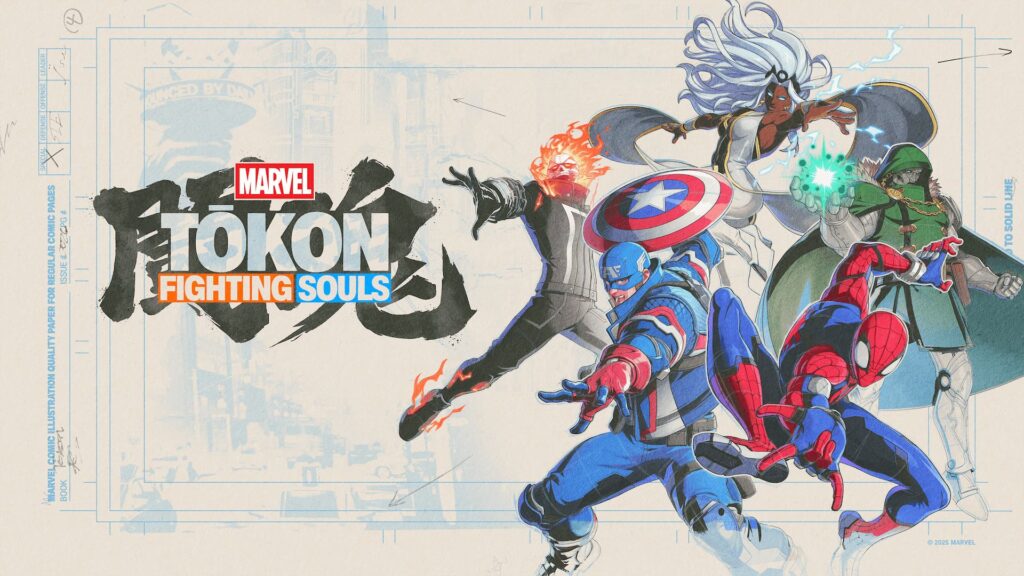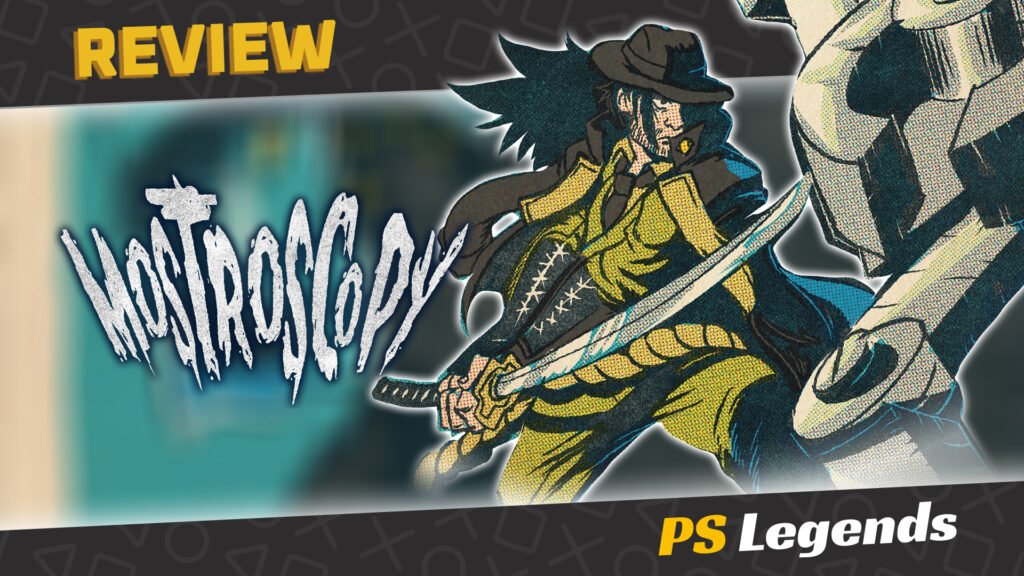It’s difficult to find a crossover game that really sticks in your mind as an epic. The plots of such titles are usually near-identical; an unstable reality created by a fusion of dimensions, unlikely alliances and a journey to uncover an often disappointing antagonist. It’s true, look at Marvel vs. Capcom, Cross Edge and Kingdom Hearts, all different types of games with the same core story. Well, now you won’t be surprised to hear that AquaPazza: AquaPlus Dream Match is no exception.
Introduction
AquaPazza: AquaPlus Dream Match is a joint collaboration between AquaPlus and Leaf, who created all of the combined titles and their featured characters; titles which include Utawarerumono, Tears to Tiara, To Heart, To Heart 2, To Heart 2: Dungeon Travellers, Kizuato, Routes, Comic Party and White Album. You’ll likely have never heard of many of these titles since some were never released outside of Japan, meaning AquaPazza has a lot of back-story to tell, and a lot of obscure, cultural games to upsell.
It’s a 2D arcade fighting game developed by Examu and is part of the new wave of Beat ‘em Ups with a complex (albeit brief) story driving the single-player campaign onward, with multi-player acting as a routine feature rather than the core purpose. Sadly, it makes minimal effort in this regard; whilst the game does offer two story modes to play through (the second being a direct ‘sequel’ of sorts to the first) neither vary much from character to character, with only a few lines of dialogue changing in cutscenes and near-identical scripted fights.

Story
The story begins with Ma-ryan, a graduate student and former student council president from the To Heart universe. She discovers a mysterious alchemy book hidden within the school library and uses it to create the AquaPazza, a mystical potion which has the power to enslave anyone exposed to it to its creator’s will. The AquaPazza proves highly unstable and fuses several worlds together. Ma-ryan uses this to her advantage and enslaves the residents of this new reality and takes refuge inside an anachronistic castle where she awaits any challengers.
After defeating Ma-ryan and her peons and destroying the AquaPazza, your chosen character is unlocked for use in the additional scenario: Another Story. Prior to the realities returning to normal, the fighters seek out another anachronism, an ancient mirror which has the power to grant wishes: the Yata no Kagami. The artifact is found by Chizuru of the Kizuato universe, a beautiful and mysterious innkeeper who possesses demonic powers which manifest at night. Chizuru becomes obsessed with protecting the mirror and is ultimately warped by it, leaving her rivals to take it from her by force, but will they use it for good or evil?

Gameplay
Your chosen character (one of thirteen available) resists the effects of the AquaPazza and forms an alliance with one of another thirteen supportive characters who aid in combat by delivering special attacks and extending combos, though they cannot be controlled directly which is something of a restrictive design choice borrowed from Arcana Heart 3 and Persona 4 Arena. There’s an issue with continuity here too, since you can team up with Ma-ryan and battle against her simultaneously.
While the story is as short as expected of a Beat ‘em Up, fights are surprisingly lengthy, with each character having not one, but two full life gauges to whittle down, though the actual flow of the combat mechanics works well. Move-sets are small and combos are short to keep things straightforward, something newcomers will appreciate. However, many of the more impressive combos require flawlessly timed button presses to execute which, mid-combat, is easier said than done.
The game does offer a ‘beginner’ mode of sorts to drastically simplify combos into basic button-mashes which certainly helps during those tricky first few hours, though being able to unleash devastating attacks from simple taps of the face buttons quickly becomes addictive and switching back to ‘normal’ mode seems more trouble than it’s worth. The game also features an ‘Active Emotion System’ which eliminates some of the fighting genre’s biggest annoyances by gradually reducing the defences of players who repeatedly guard from attacks whilst powering up characters who continuously land brutal combos.

Graphics/Sound
Each character has their own unique ending for both scenarios, though this is only expressed through one or two still images, similar to the arcade endings seen in the SoulCalibur series. These images are pretty enough but if you’re expecting narrative matching the same high standards of the likes of the BlazBlue series, then sadly, you’ll be disappointed. AquaPazza is more akin with the Arcana Heart series, particularly more recent entry Arcana Heart 3, from the simplistic, arcade-only story mode and the (mostly) female character roster, to the lack of English voice-acting.
Yes, AquaPazza has only Japanese audio, with cutscenes featuring text-heavy boxes of subtitles. Whilst the in-game menus are translated, mid-battle banter is not, meaning you’ll have no idea what your characters are saying to one-another. The game does make a lot of lazy choices in design, such as the grainy, retro character models which pale in comparison to the detailed models featured in Skullgirls, yet the beautiful 2D backdrops are flawlessly detailed.

Replayability/Trophies
Online gameplay, while technically functional, is practically non-existent due to the minimal support for the western release combined with the overall lack of players. The partially-translated game was released as a US-only title despite being fully compatible with European PlayStation 3s. PSN Trophy descriptions haven’t been translated from the original Japanese and so obtaining them requires players to do a great deal of homework which is something of a thankless chore.

Conclusion
Properly releasing the game in Europe would certainly spread awareness of the featured characters and their associated games, yet the game has accumulated some value as a rare collectible, despite its many flaws. To make a long story short, AquaPazza isn’t anything to write home about. Yes, the lack of a true European release, while unwelcome, is somewhat justified in this case.
Perhaps as an arcade game it could have been something special, but as a full retail release you just aren’t getting much for your money, even with the game’s budget price-tag. The second story mode is little comfort when you’re pushed to play through them over a dozen times each with almost identical results, and the solid yet hardly original fighting mechanics are little motivation to play such a poorly presented and lazily translated package.
A final concern, and perhaps the game’s largest flaw, is its lack of promotion and delivery of its source materials. AquaPlus and Leaf have missed a major opportunity to plug their long-delayed visual novel games and Japanese dating sims to a western audience where there is certainly a keen interest in fresh new narratives and underdeveloped genres. It’s a shame that rather than getting to dip our toes in the best of the unsung visual novel genre, the closest we get here is this lacklustre fighter. It could have evolved into so much more.
Joys
- Very pretty 2D backdrops and character artwork
- Simple, easy to pick up mechanics
- Introduces characters from rare, visual novel games
Cons
- Ugly, pixelated characters don’t respect their HD 2D origins
- Lazily translated
- Silly, repeated story



